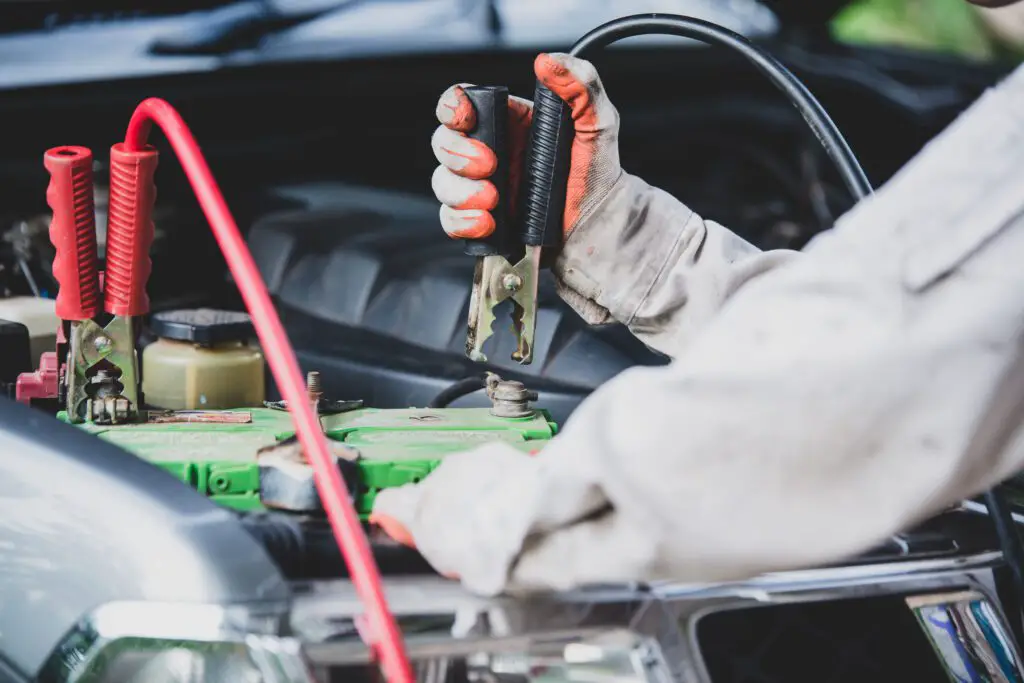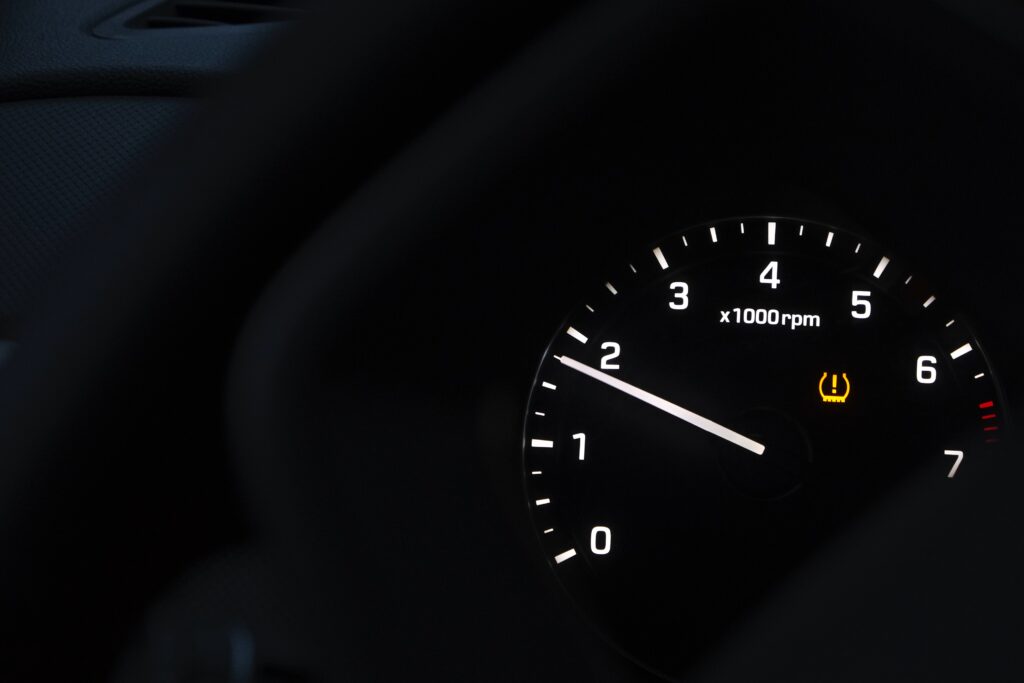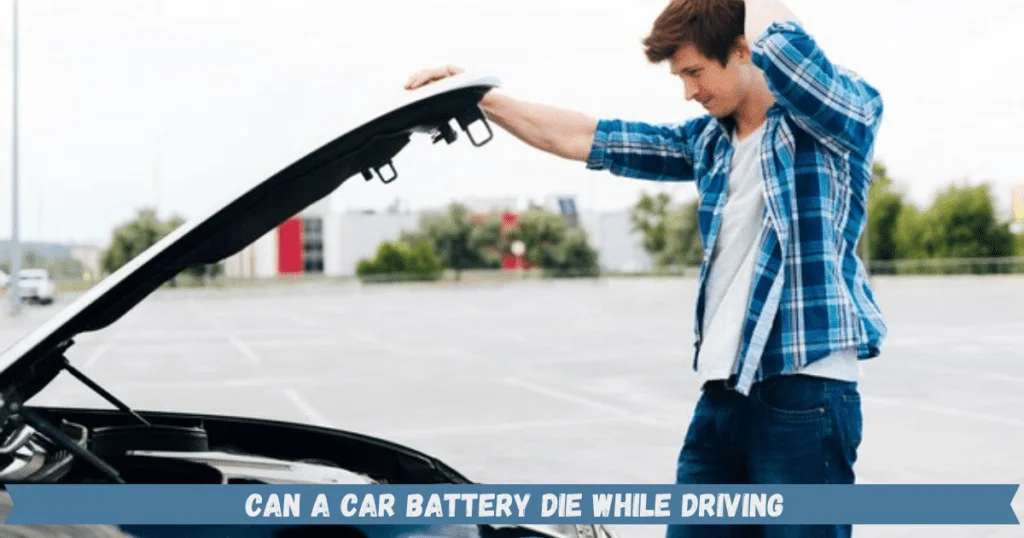You just replaced your old, worn-out car battery with a shiny new one, but shortly after installation, you notice it’s already struggling to hold a charge. Frustrating doesn’t even begin to describe it! Before you take a sledgehammer to something, let’s walk through some of the most common reasons brand new battery won’t hold charge.
What Causes a New Battery to Lose Its Charge So Quickly?
While manufacturers try to deliver reliable, long-lasting batteries, defects can and do occur. Or perhaps the battery was fine, but something else in the electrical system was causing rapid discharge. Here are six of the most likely culprits when a new battery won’t stay charged:
1. Faulty Alternator
Brand New Battery Won’t Hold Charge? The alternator’s job is to charge the battery while the vehicle is running. So if the alternator isn’t putting out enough amps, or voltage, or has bad diodes, the battery won’t get fully recharged. And it may seem like the “new” battery is bad when it’s the alternator at fault.
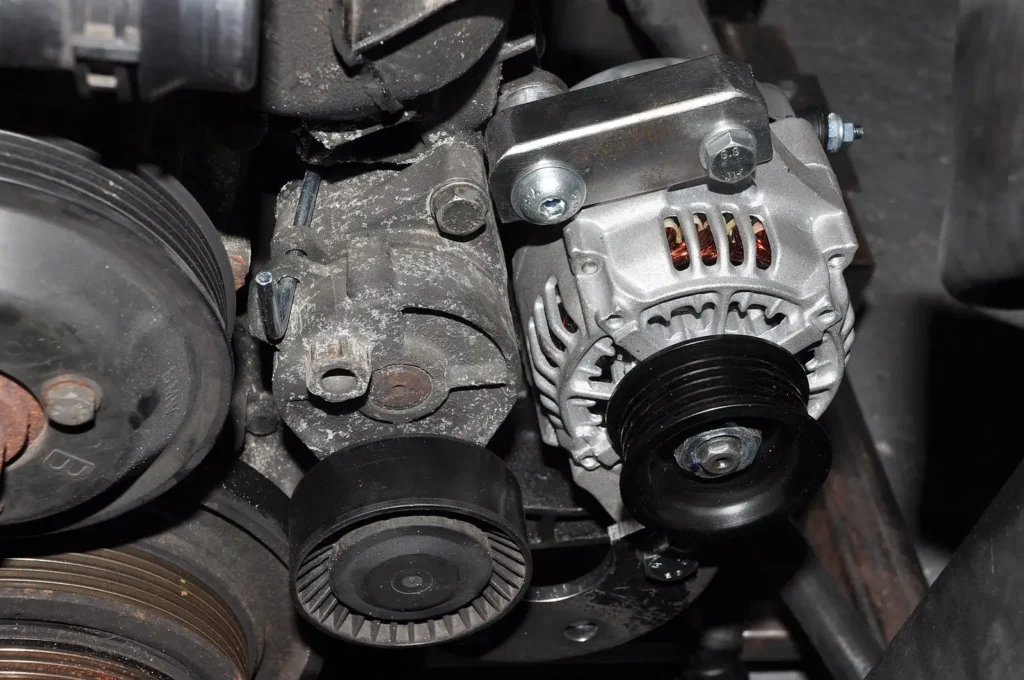
Fix: Diagnose the alternator first before assuming the battery is defective. Check the charging voltage – it should be 13.5-14.5 volts with the engine running. Inspect belts and connections too. If out of spec, replace the alternator.
2. Defective Battery
Even quality control sometimes misses badly manufactured batteries. Common defects include:
- Internal short circuit
- Sulfation from improper storage/long shelf life
- Cracked or damaged case
- Loose, corroded, or faulty terminations
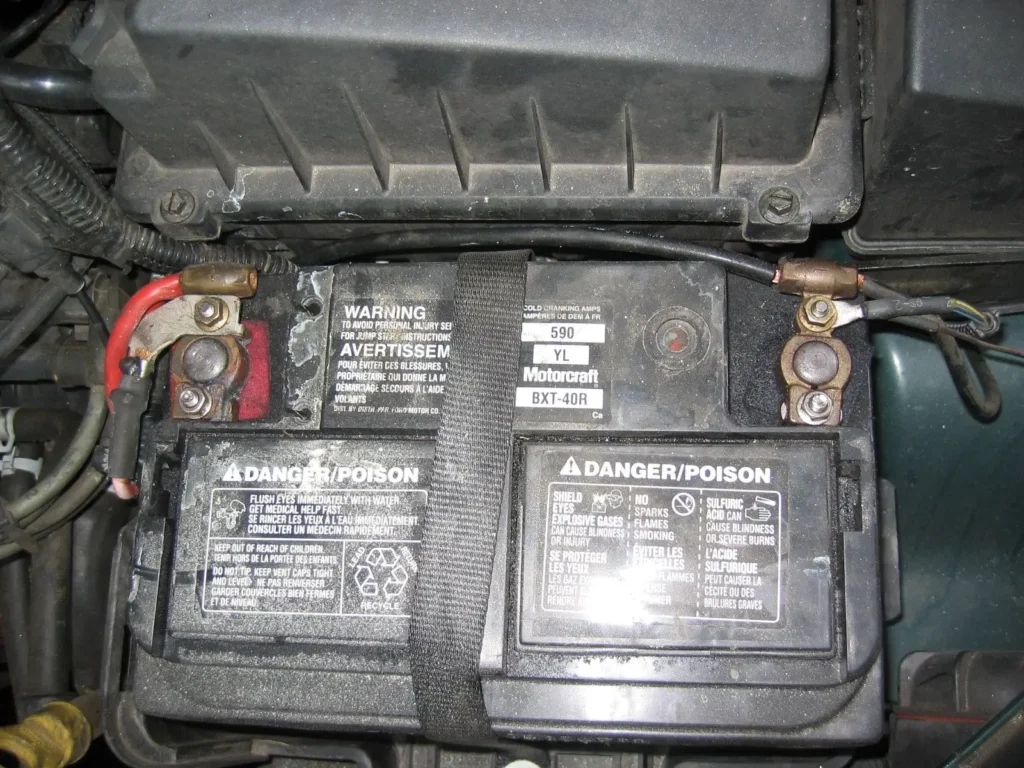

Check for any signs of physical damage. If the battery tests badly, was recently purchased, and hasn’t been abused, then warranty replacement is likely in order.
3. Parasitic Drain
Brand New Battery Won’t Hold Charge. A parasitic draw is when something electrical stays on and slowly drains the battery – like interior lights, accessory plugs, or even a faulty alternator diode. And the drain continues even hours after the vehicle is off, eventually leaving you with a dead battery.
Fix: Determine if there’s a parasitic drain with an ammeter. Locate the source of the draw and repair. Add a disconnect switch as a workaround if the drain is intermittent.
4. Incorrect Battery
Believe it or not, getting the wrong replacement battery for your vehicle happens more often than you’d think. Maybe the specs weren’t verified or a cheap no-name knockoff battery was unknowingly installed instead of OEM equipment. Either way, an improperly matched battery won’t hold up.
Fix: Double-check your battery model number, dimensions, type, CCA, and capacity ratings. Replace with the correct battery if needed.
5. Poor Electrical Connections
It’s not just the main battery cable connections that matter. Corrosion in wiring, frayed wires, loose grounds, or high resistance at any point in the electrical path can lead to a battery struggling to hold charge. Especially under heavy electrical loads.
Fix: Thoroughly inspect wiring, grounds, and connections. Repair or replace any problem areas found, even if minor. A battery depends on clean power and signal paths.
6. Multiple Failed Starts
Cranking an engine over and over tries to draw a massive power surge from the battery. Do this too many times without properly recharging in between and it can deeply discharge or damage a new battery.
Fix: Identify and repair the no-start issue if possible before further battery degradation. Recharge the battery fully after excessive cranking.
Additional New Battery Failure Analysis
When your new battery lets you down, don’t just throw parts at it hoping for the best. Methodically test and verify what is allowing such rapid discharge before taking further action.
Here is a step-by-step guide to diagnose why your new battery won’t stay charged:
Step 1 – Load Test and Check Voltage
Use a multimeter or dedicated battery tester to check the state of charge and look for weak or dead cells. At rest with no loads, a fully charged 12v battery will test over 12.6 volts. Check again while cranking and with the alternator running to diagnose any dropouts.
Load testing with a carbon pile tester draws high amperage to simulate cranking demands. A healthy battery should maintain above 9.6 volts throughout a load test. Values lower than this indicate charge loss or internal damage.
Step 2 – Alternator Diagnosis
Verify charging system operation before further battery testing or replacement. Use a multimeter or scan tool to check for 13.5-14.4 running volts that indicate proper operation.
Brand New Battery Won’t Hold Charge. Inspect all wiring, belts, pulleys, and connections for corrosion, wear, or looseness. Verify no binding, squealing, or slippage. Tight or worn belts and connections can mimic alternator failure.
Also, check for abnormal regulator readings, failed diodes, or excessive ripple voltage that sabotages charging effectiveness. Replace or overhaul the alternator if any issues are found.
Step 3 – Parasitic Draw Detection
Excessive key-off battery drain will lead to premature failure. Use an ammeter connected to battery terminals to quantify draw. Normally it will measure under 50 milliamps with everything off.
Much higher indicates a parasitic drain. Brand New Battery Won’t Hold Charge. Locate the fault by selectively pulling fuses while watching the current drop. Leave the problem circuit disconnected until repaired if necessary.
Step 4 – Battery Health Diagnostics
Brand New Battery Won’t Hold Charge. Conduct specific gravity and cell voltage tests after charging to check for battery damage. All cells should test very close in value. Any wide variance indicates a bad cell.
Inspect closely for damaged, leaking, or bulged cases. Loose hold-downs that allow excess vibration can break internal connections or shed active material. Evidence of overheating also points to internal short circuits during charging.
At this point, if all checks out, attempt warranty replacement for a suspected manufacturing defect. If no warranty coverage, replace the battery and retest the charging system again to confirm the error-free operation.
Step 5 – Electrical Connection Inspection
While doing the above tests, carefully inspect the condition of all wiring, grounds, connectors, and terminals related to charging and starting circuits.
Look for frayed wires, oxidation in connectors, loose grounds or terminal connections, smaller gauge wiring than the original, or a mix of aluminum and copper elements leading to electrolytic corrosion.
Brand New Battery Won’t Hold Charge. Repair or replace any deficient wiring or grounds that introduce resistance into these sensitive low-voltage supply paths between components. Especially for higher-load starter cables.
Getting a New Battery to Hold the Charge
Once you’ve tracked down what is causing the rapid discharge of a new battery, here are tips to improve charging performance and longevity:
🔋 Recharge fully – Allow the alternator or smart charger to replenish to 100% state of charge before the next cranking/cycling demands.
🔋 Keep connections tight/clean – Check torque on all charging circuit connectors periodically. Clean any corrosion buildup.
🔋 Consider disconnect switch – Install cut-off switch to reduce parasitic drain during storage. Maintains charge longer when not used regularly.
🔋 Limit short trips – Take longer drives to allow the alternator full charge time. Short trips mean the battery constantly cycles at a partial state of charge, wearing it prematurely.
🔋 Park in a cooler area – Heat kills batteries! Minimize exposure to direct sun or engine compartment heat whenever possible – especially in hot climates.
🔋 Check charging voltage – Periodically verify 13.5-14.4V alternator output to be sure the battery gets proper maintenance charging.
🔋 Avoid excessive cranking – Get starters, fuel systems, etc fixed to minimize hard starting. Deep cycling of new batteries leads to early failure.
If you stay on top of charging system maintenance and show electrical connections care, your new battery will offer solid performance for years of reliable starting power!
FAQs: Brand New Battery Won’t Hold Charge
Why is My New Battery Not Holding a Charge?
If your new battery won’t stay charged, the most common causes are a faulty charging system (alternator), parasitic drain, defective battery, poor electrical connections, or incorrect replacement battery.
What Causes a New Battery to Fail?
Reasons even a new battery might fail include manufacturing defects, internal short, loss of electrolyte, sulfation from improper storage, excessive heat exposure, damaged case, loose terminals, excessive cranking demands, or an undiagnosed electrical charging issue.
How Long Should a New Battery Hold a Charge?
A healthy new car battery sitting unused at room temperature will hold a surface charge for 6-12 months before needing a boost. In daily use with proper charging, a quality battery should hold an adequate charge for 3-5 years. Higher heat, vibration, and deep cycling can shorten lifespan.
How Long Will a New Battery Hold Its Initial Charge?
Off the store shelf, an unused new battery will maintain a surface charge for 6-18 months depending on brand and ambient temperature. Once installed, a battery should hold a strong charge through several start/drive cycles when properly recharged by the alternator. Rapid failure points to an electrical system issue or defective battery.
Can a Brand New Battery Be Bad?
Yes, a new battery can arrive from the factory defective, with an internal short, sulfation, separated electrolyte, or physical damage that causes premature failure. However this is relatively rare, so always rule out charging system problems or installation errors before replacing a battery again.
I hope this guide covered all the key questions related to diagnosing and preventing premature failure of new car batteries. Through methodical electrical troubleshooting and proper system maintenance, you can get long reliable service life out of quality replacement batteries. Let me know if you have any other new battery charging issues I can help explain!


